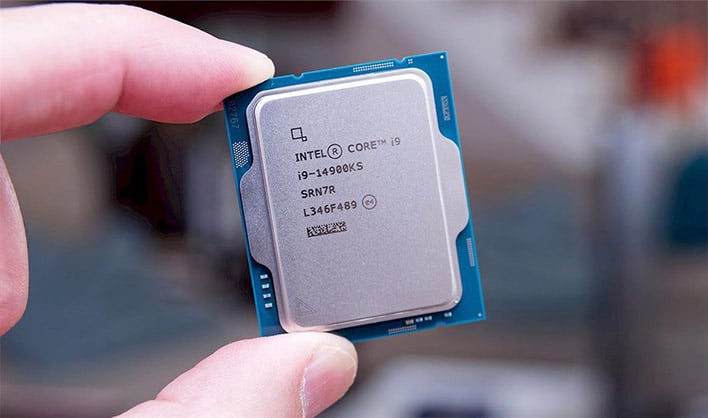
Intel’s 13th and 14th generation CPUs got gold stars when they launched, offering blistering performance for both single and multi-threaded workloads. As most of you probably know by now though, some of these processors also suffered from instability and were ultimately damaged due to some firmware bugs. A voltage glitch can lead to permanent damage, and it’s difficult to know if your CPU is on the edge. However, there is perhaps a small chance that Intel will produce an app to give you more insight.
The issues with Raptor Lake and Raptor Lake refresh chips were not fully understood until the last couple of months. Earlier this year, the chorus of complaints about crashing grew loud enough that Intel had to investigate. It eventually determined a flaw could cause high wattage Raptor Lake CPUs to draw too much voltage from the system, leading to damage and instability. Intel calls it Vmin Shift Instability.
Intel has since released microcode updates to address the problem, and most motherboard OEMs have released firmware updates with the patch. The problem is that there’s no way to know if your CPU has been damaged unless it has progressed to the point of crashing your system.
Recently, Tom’s Hardware asked Intel if there was any way to detect damage before the crashing begins. The company says it “continues to investigate the possibility of a detection tool,” and will update its customers if it decides to produce one. In the meantime, Intel has reiterated its commitment to customers by extending the CPU warranty by two years, and owners have reported good luck getting their chips replaced—in some cases, they even get a free upgrade to a more powerful CPU.

However, doing an RMA on a core component of your computer is a pain. Even if everything goes smoothly, you’ll be offline for several days at least. It would be nice to know if you have to get your CPU swapped before it becomes an immediate necessity. Anything Intel can do to make this process less frustrating is a plus in this situation.
Intel doesn’t want to lose any more good will over this situation, as it prepares its next-gen desktop processors for launch. A tool that can tell you if you need to plan for a CPU RMA would be a step in the right direction. Regardless, Raptor Lake owners should install that microcode update as soon as possible.